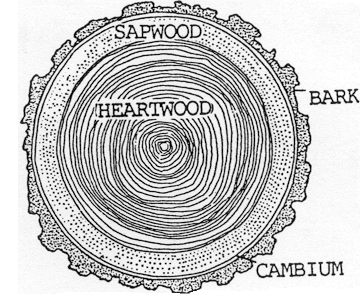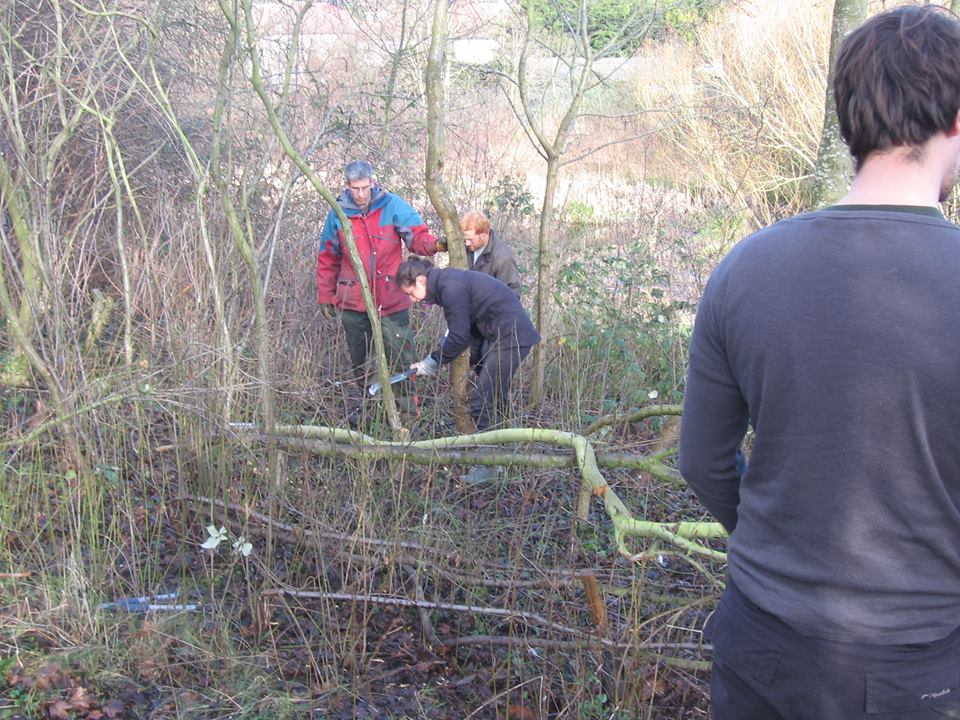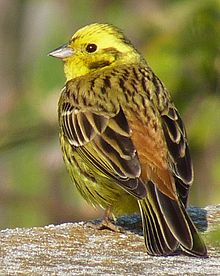On Tuesday 20th January the Sutton Nature Conservation Volunteers were carrying out the traditional practice of hedgelaying at Anton Crescent Wetlands.
Hedgelaying is typically carried out on agricultural sites to provide boundaries for fields or to keep livestock enclosed. But hedgelaying also has important ecological benefits; for example hedges can provide wildlife corridors, buffer noise, provide shelter and prevent soil loss. Hedges can also provide a valuable habitat for many species of birds, insects and small mammals.

Cross-section of a tree showing the different layer. For the tree to stay alive the sampwood, cambium and bark need to be left intact
The type of hedge laid at Anton Crescent provides a varied habitat for plants and animals at the site. The low lying hedge at Anton Crescent provides excellent cover for small perching birds such as house sparrows (Passer domesticus), great tits (Parus major) and blue tits (Parus caeruleus), which are common throughout the year.
Hedgelaying can be particularly beneficial to some species of bird such as dunnocks (Prunella modularis) and Yellowhammer (Emberiza citrinella), which use hedgerows as their primary habitat source. These species have seen major declines over the last 25 years in their population, due to agricultural intensification and changes in habitat. Hedgelaying can provide these vulnerable species with key nesting sites, which is why it is an important conservation practice. By carrying out this traditional practice, volunteers are helping to maintain a key habitat for close-to-the-ground nesting birds at Anton Crescent Wetland by providing constant new thick growth.
Eleanor Kirby-Green
SNCV Biodiversity Assistant









4 Pingbacks